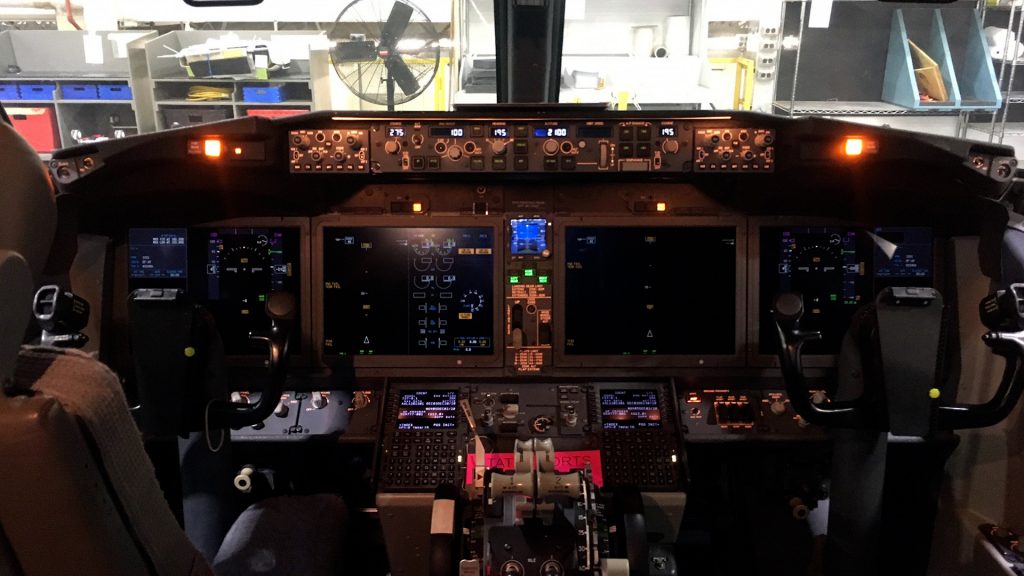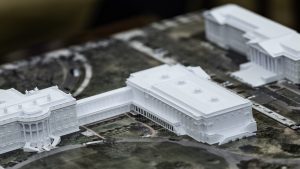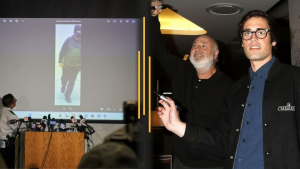Southwest activates runway safety system years after it was first available

Southwest Airlines has added Honeywell’s SmartRunway and SmartLanding alert systems to nearly all of its Boeing 737 aircraft. The system provides pilots with verbal and visual warnings if they attempt to take off or land improperly.
The alert system is enabled through Honeywell’s Enhanced Ground Proximity Warning System (EGPWS), which is already installed on the aircraft. More than 700 planes have been activated to date, the company said. Southwest began the rollout in early 2024 as part of a broader effort to address safety risks following several close calls at U.S. airports.
Why did Southwest adopt the alerts?
At Orlando International Airport in March, a Southwest plane began to take off from a taxiway rather than the runway and an air traffic controller intervened to prevent a potential crash. Southwest Chief Operating Officer Andrew Watterson told the Wall Street Journal the alert system adds “barriers to potentially bad outcomes.”
Although the alert system hardware had already been installed for years, Southwest, like many airlines, opted not to activate it until recently, citing operational discretion and cost considerations.
What’s the broader industry context?
In August 2024, a Federal Aviation Administration advisory panel recommended requiring cockpit alert systems on newly manufactured aircraft. The FAA is currently reviewing the proposal. However, there is no mandate for retrofitting existing aircraft.
Honeywell’s technology has long been certified for a range of aircraft, but activation is left to the discretion of airlines. While carriers like Emirates and Alaska Airlines use the system, many others have opted out due to cost or operational preferences.
The Southwest rollout builds on a long-standing partnership between the airline and Honeywell. In 2015, Southwest selected Honeywell flight-deck systems for its 737 MAX orders and was the first to implement the company’s Integrated Multi-Mode Receiver technology across its fleet.
How do the alerts work in practice?
The system is designed to prevent common runway errors, including unstable approaches and improper landing angles. For instance, if a plane approaches too steeply or at excessive speed, pilots hear “too high” or “too fast.” If the touchdown area is overshot, they hear “long landing.”
According to Honeywell aerospace engineer Thea Feyereisen, these scenarios occur more frequently than most passengers realize.
Southwest pilot-union leaders said the alerts have already helped crews correct approaches and improve taxi procedures. “It gets your attention,” said Capt. Jody Reven, president of the Southwest Airlines Pilots Association. “When you’re in Philly or L.A., it’s a great added tool.”
Looking ahead, Honeywell is also testing a next-generation runway safety system called Surface Alerts (SURF-A), which could be certified for commercial aircraft as early as 2026. SURF-A uses GPS, Automatic Dependent Surveillance-Broadcast equipment and advanced analytics to alert pilots of potential runway traffic in real time.





